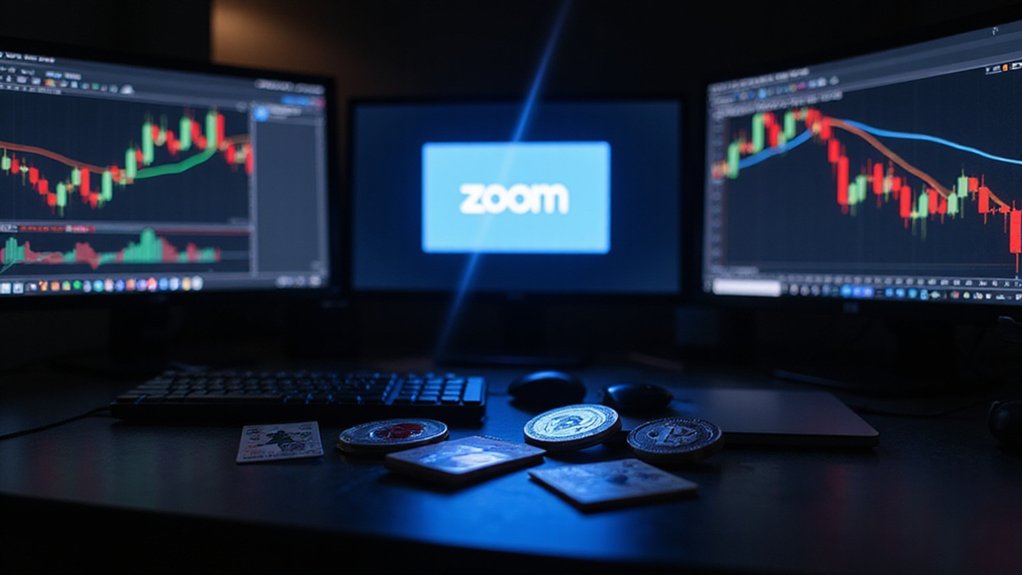In a move that would make even the most ardent surveillance state enthusiast nod approvingly, Russia’s Ministry of Energy has launched a national registry for cryptocurrency mining equipment, effective July 7, 2025—because apparently tracking every GPU and ASIC miner in the country represents the pinnacle of regulatory sophistication.
This centralized database, developed jointly with the Federal Tax Service and Ministry of Digital Development, ostensibly aims to standardize crypto mining oversight while combating the twin scourges of illegal mining and electricity theft that have been bleeding state coffers dry.
The registry mandates that miners register their hardware, enabling authorities to accurately identify electricity consumers engaged in Bitcoin and Ethereum mining operations. This bureaucratic masterstroke follows Russia’s mid-2024 cryptocurrency mining legalization, which established specific registration and tax requirements for operations exceeding modest thresholds.
Citizens consuming less than 6,000 kWh monthly can mine without registration—a generous allowance that roughly covers powering a small apartment while running a few modest rigs.
A magnanimous threshold that graciously permits hobbyist miners to operate alongside their refrigerators and heating bills.
Russia’s motivation stems from tangible financial hemorrhaging caused by unauthorized mining operations. Illegal miners have systematically siphoned electricity, creating regional power shortages while dodging tax obligations that legitimate businesses must shoulder.
The registry’s data will be shared with local authorities to track operational surges and identify unregistered mining farms that operate in regulatory limbo.
The initiative represents a significant shift toward legitimizing Russia’s crypto mining landscape, encouraging operators to shift from underground activities to compliant operations.
This regulatory embrace could substantially increase tax revenues from previously invisible miners while improving energy consumption data reliability—metrics that have been frustratingly opaque for policymakers attempting to manage regional power distribution. The environmental stakes are particularly high given that cryptocurrency mining operations can contribute to substantial CO₂ emissions, with projections suggesting the industry could account for 0.7% of global emissions by 2027.
However, the registry imposes new compliance burdens, particularly on small-scale operators who must now navigate bureaucratic requirements that larger mining enterprises can absorb more easily. The regulatory framework coincides with broader international efforts to combat cryptocurrency-related crimes, as evidenced by the U.S. Secret Service’s recent seizure of nearly $400 million in digital assets.
The irony remains palpable: a technology designed to operate beyond traditional financial oversight now finds itself subject to thorough state surveillance, with every mining rig catalogued in Moscow’s databases.
Whether this regulatory framework will successfully balance legitimate oversight with industry growth remains an open question as Russia continues experimenting with cryptocurrency’s role in its economic future.









